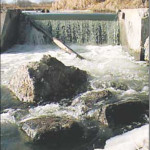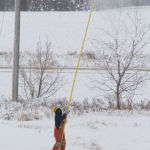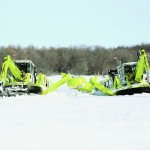
Tag Archives Assiniboine River
Province increases Shellmouth Reservoir outflows
Decision makes room for forecasted runoff, water levels to rise from two to three feet

Timing of reservoir release means no flood compensation for farmers
The Assiniboine River from the Shellmouth Dam to St. Lazare is expected to rise two to three feet the Manitoba government says
Province advises spring run-off has started in Manitoba
Red River peak expected to move from Emerson to Winnipeg in next ive to six days

A river flows freely in early Manitoba spring
Our History: March 2000

Need for more disaster planning in rural Manitoba
A seminar Jan. 14 in Portage la Prairie will look at how the risk environment is changing in rural Manitoba

Risk management review task force seeks farmer input
It’s looking for ideas to mitigate the impact of increasing severe weather on producers

Assiniboine River Basin Initiative progressing, but funding needed
Manitoba has pledged another $50,000 for the basin-wide initiative, but other jurisdictions more cautious

Wild boars continue on the increase
Manitoba Conservation reports the last known boar sighting was in late November of 2014

Move huts off of flood mitigation areas
Without a heavy blanket of snow to insulate it from the cold, ice on Manitoba’s rivers and lakes is actually thicker than it was last year

Assiniboine River Basin Initiative a good first step
But 'there be dragons' to tame for it to be a success


